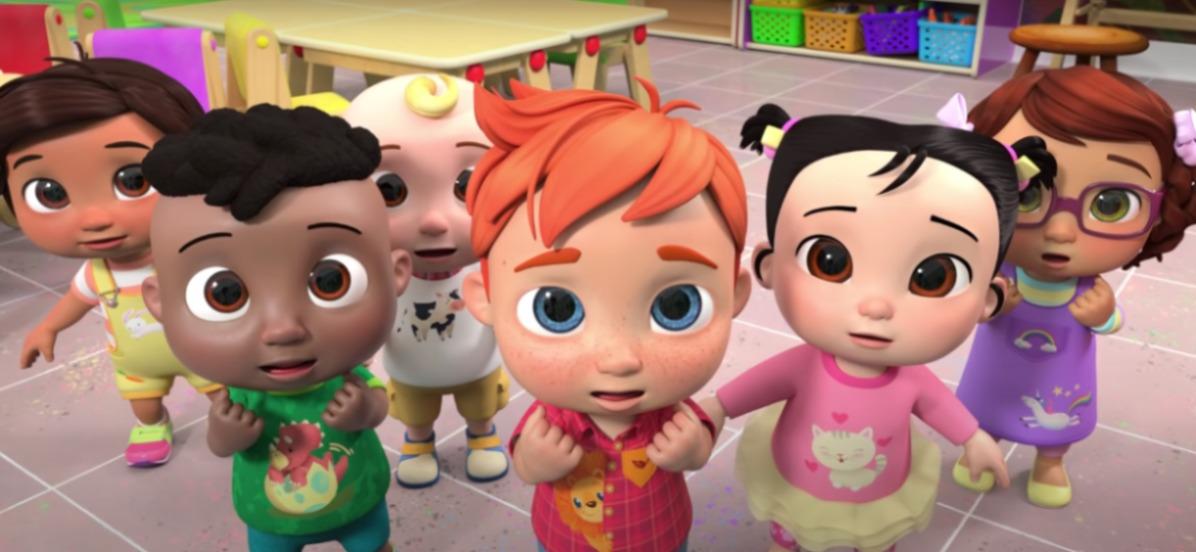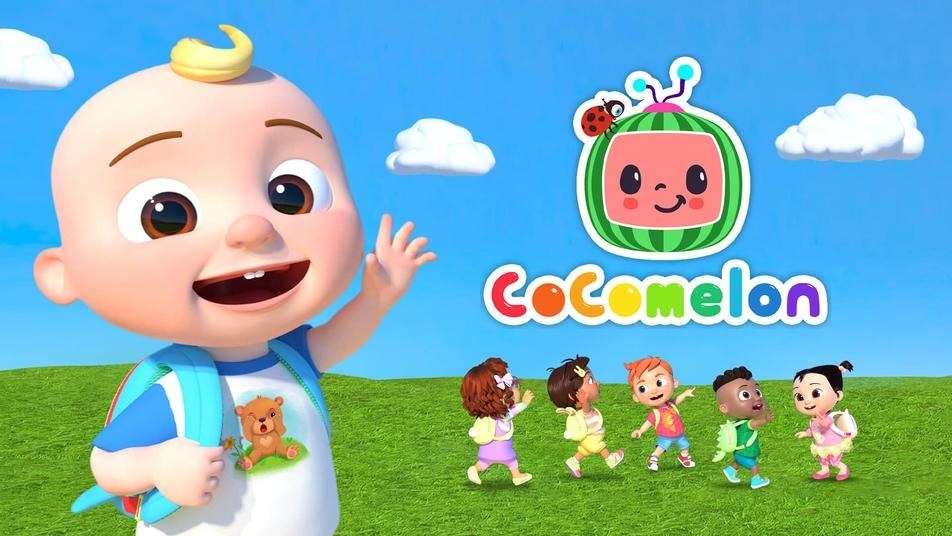

The company’s other big acquisitions include Little Baby Bum, a YouTube channel created by a British couple that revolves around nursery rhymes, and Blippi, a live-action YouTube show.

Moonbug expanded the show to more audiences, inking deals with platforms in South Korea, China, and Europe. In July 2020, Jeon sold his company, Treasure Studio, to Moonbug, which had been founded just two years earlier. By December 2018, CoComelon was getting 2 billion views a month. Monthly viewership on YouTube nearly doubled in two months, to 238 million views by December 2017, according to Tubular. In 2017, he made two key adjustments: building the show around JJ, a toddler with a single blond curl, and changing the format from 2-D animation to 3-D. Over time, the revenue from YouTube ads allowed Jeon to quit his job to focus on the show. They began uploading the cartoons to YouTube the following year under the brand name ABC Kid TV. He started working with his wife, a children’s-book author, to make videos to accompany the nursery rhymes they sang to their sons.
#Go before you go cocomelon tv
Jeon, who had directed some TV commercials, was trying to teach his kids the ABCs.

The script changed.ĬoComelon was created in 2005 by Jay Jeon, a father of two in Southern California. “Babies watch CoComelon, and they’re going to be looking at this and thinking, Oh, I shouldn’t want a pacifier, Cody doesn’t want a pacifier,” Nahab says. An earlier version of the episode had Cody scorning the pacifier, saying it was “for babies.” But since the show is geared for children as young as 1, that sent the wrong message, Katie Nahab, a creative executive, explains to her colleagues. But as Cody and JJ sleuth around Cody’s home-singing an original song about solving an mystery, to the tune of “Teddy Bears’ Picnic”-they find a onesie, a rattle, and finally a pacifier, all objects that Cody has outgrown. Cody’s parents haven’t told him they’re having a baby. The episode covers a rite of childhood: welcoming a younger sibling. Seated around a white table strewn with open MacBooks, they’re reviewing a soon-to-be-released episode focused on a character named Cody, a classmate and best friend of JJ, the show’s cartoon protagonist. In a Los Angeles conference room, CoComelon executives are debating a pacifier. Sure, their kids may love it-but does that mean it’s any good for them? “I don’t think we’ve ever seen anything like it when it comes to generating kids’ streaming audiences,” says Brian Fuhrer, senior vice president at Nielsen.Īs the show and others like it become inescapable, parents are going to have to grapple with whether this type of children’s programming works for their families. Zhou’s daughter’s third word, after Mama and Dada, was CoCo. You can see the proof in the dozens of TikTok videos showing kids who hear the marimba tones of its theme song and come running. Since then, the company has rolled out a CoComelon live tour, a Spotify podcast, and just about every form of merchandise you can imagine, from bubble machines to throw pillows.īoth parents and programming executives say there is something rare about the hold that CoComelon exerts on babies and toddlers. In November, Moonbug was acquired for $3 billion by two Disney alums backed by the private-equity firm Blackstone. Either way, the success of the show is attracting big money. As parents juggled childcare and remote work, demand for kiddie content spiked 52% between January 2020 and February 2022, according to data from Parrot Analytics.

It’s not entirely clear how much of CoComelon’s runaway popularity stems from this formula and how much it owes to the pandemic, which put more kids in front of screens.


 0 kommentar(er)
0 kommentar(er)
